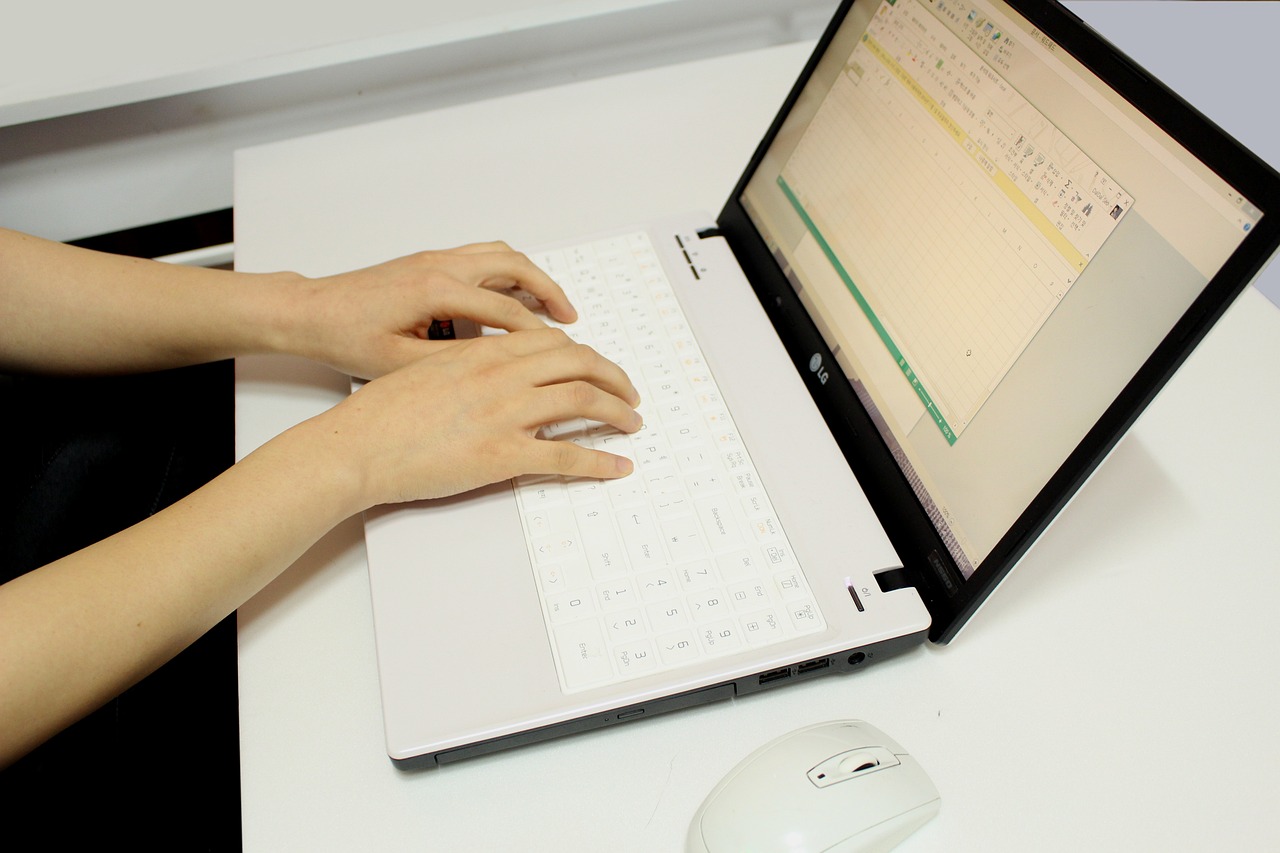The Application of a Single Encoder Connected to Both Controller and PLC
The application of a single encoder connected to both controller and PLC has numerous advantages in industrial automation. This integration significantly simplifies the wiring process, reducing the need for multiple encoders and their associated cables, thereby minimizing installation time and cost. The single encoder is able to send signals to both the controller and PLC simultaneously, ensuring efficient data transfer and coordination between the two devices. This arrangement also enhances system reliability, as it eliminates the potential for communication failures or data discrepancies that may arise from using multiple encoders. Additionally, it allows for easier maintenance and troubleshooting, as there is a single point of failure to identify and replace if needed. The application of a single encoder connected to both controller and PLC is a cost-effective and efficient solution for industrial automation systems, offering increased productivity and reliability while reducing installation and maintenance costs.
In today's industrial automation systems, the role of encoders has become increasingly important. Encoders are used to convert mechanical motion into electrical signals, providing feedback to controllers and PLCs (Programmable Logic Controllers) to ensure accurate and efficient operation of machines and processes. In this article, we will explore the application of a single encoder connected to both a controller and a PLC in industrial automation systems.
Firstly, let's understand the basic components of an industrial automation system. A typical system comprises of sensors, actuators, controllers and PLCs. Sensors and actuators are connected to the physical world, monitoring and manipulating processes respectively. Controllers, which are often microprocessors or PLCs, receive input from sensors and provide output to actuators to maintain certain conditions in the process.

Encoders play a crucial role in this system. They are attached to rotating shafts or moving parts of machines, converting their mechanical motion into electrical signals. These signals are then fed back to controllers or PLCs to enable them to adjust process variables accordingly. For example, an encoder can be used to monitor the speed or position of a motor or pump, providing feedback to the controller to ensure optimal performance of the process.
In many industrial automation systems, there is a need for both controllers and PLCs to receive feedback from encoders. However, traditional systems often required separate encoders for each type of controller, leading to increased cost and complexity. By using a single encoder connected to both a controller and a PLC, it is possible to overcome this issue and simplify system design while reducing cost.
Moreover, modern industrial automation systems often require high levels of precision and speed in their operations. The use of a single encoder ensures that feedback from the process is consistent and reliable, improving system performance and efficiency. Additionally, by connecting the encoder directly to the controller and PLC, there is no need for additional cables or interfaces, further reducing system complexity and maintenance requirements.

However, it is important to note that the selection of an encoder for such applications needs to be carefully considered. The encoder should be designed to withstand the harsh industrial environment it will be operating in, such as high temperatures, pressure or moisture. Additionally, it should have a high level of accuracy and reliability to ensure consistent performance over time.
In conclusion, the application of a single encoder connected to both a controller and a PLC in industrial automation systems provides significant advantages in terms of cost reduction, system simplicity and performance improvement. By carefully selecting and designing encoders for these applications, it is possible to create efficient and reliable industrial automation systems that are capable of meeting the demanding requirements of modern industrial processes.
Articles related to the knowledge points of this article:
PLC Programmable Controller Experimentation Platform
PLC Controller: Main Roles and Functions
PLC Controller Input Programming
Controller PLC Demand Analysis